HTC 8X Windows Phone hardware preliminary review
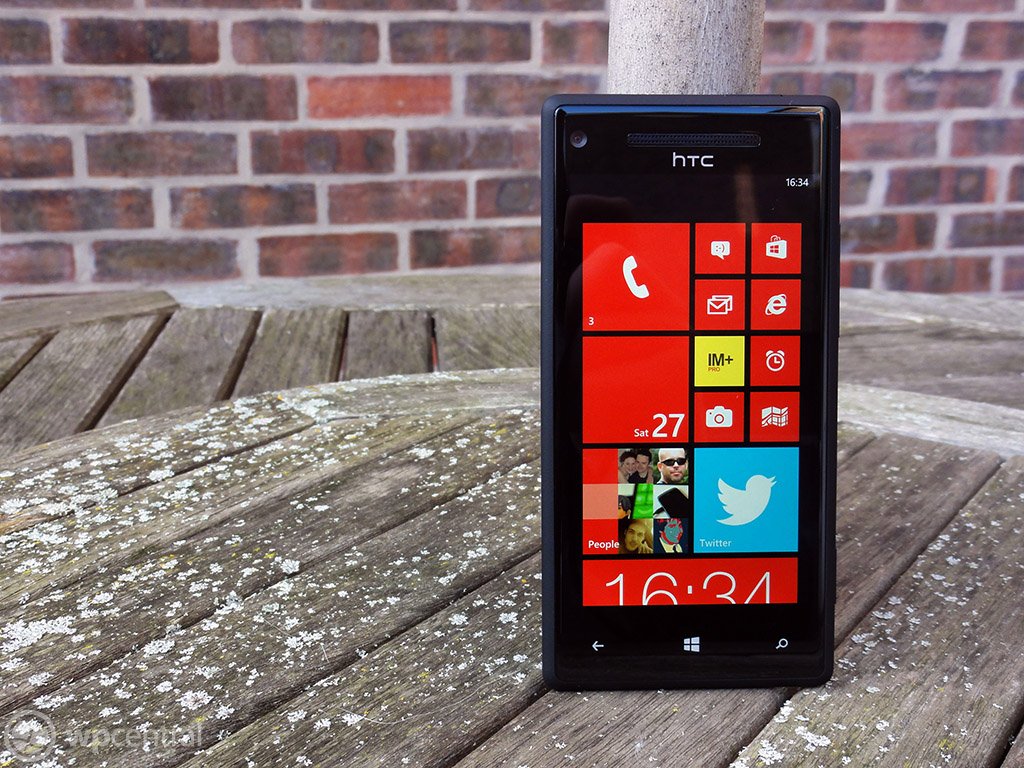
Microsoft’s partnership with HTC stretches way back to the Windows Mobile days. Back then, the Taiwanese manufacturer shipped a variety of chunky WinMo handsets topped with its Sense user interface. Since the Windows Phone 7 launch, Microsoft’s mobile OS has presented a unified UI across all handsets, and so HTC has instead sought to differentiate its Windows offerings through build quality and hardware features.
Last year’s Radar and Titan were sturdy, aluminum-clad beasts that echoed the design language of the company’s early 2011 phones. But this year HTC’s scored an enviable position as the manufacturer of two signature devices for Windows Phone 8. And as such, this calls for some fresh new designs, starting with the high-end offering, the “Windows Phone 8X by HTC.”
Far from being a recycled Android model, HTC says every aspect of the 8X’s design is based around the look and feel of Windows Phone 8. And at a glance the differences are clear to see -- the 8X is quite unlike any other HTC creation.
WPCentral editor-in-chief Daniel Rubino has taken a thorough look at Windows Phone 8 itself, as it runs on the 8X, in his extensive OS review. So in this article we’re going to focus on the hardware of the 8X -- in this case, the international HSPA+ version.
And as it happens there’s a lot to say about that, too.
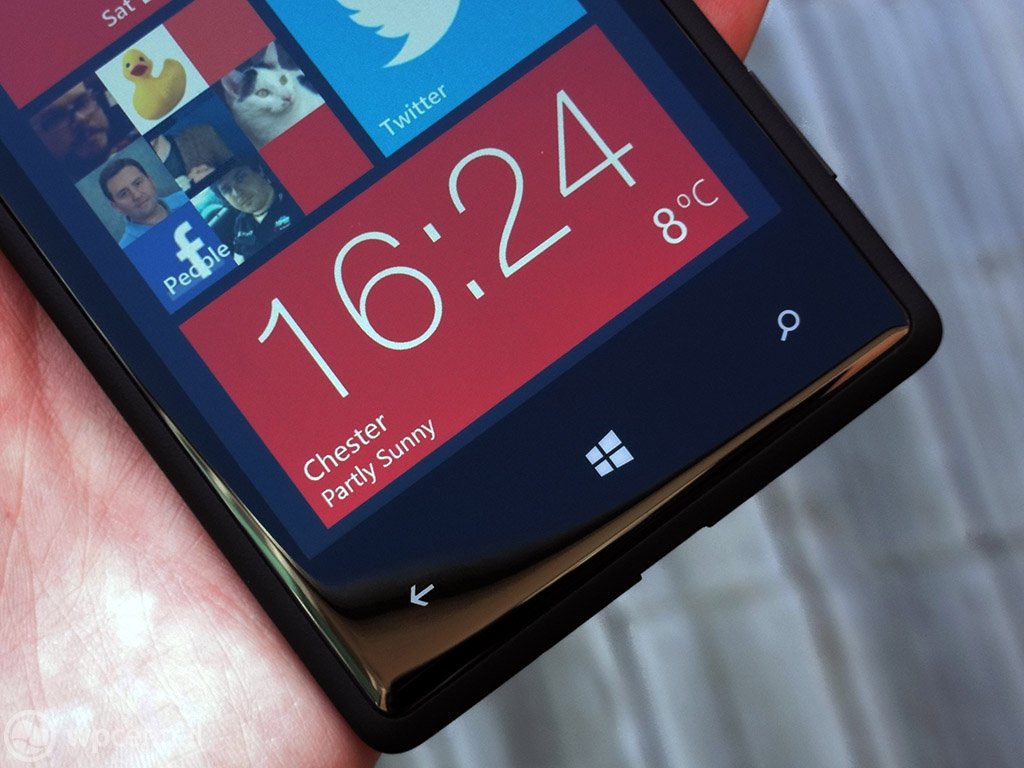
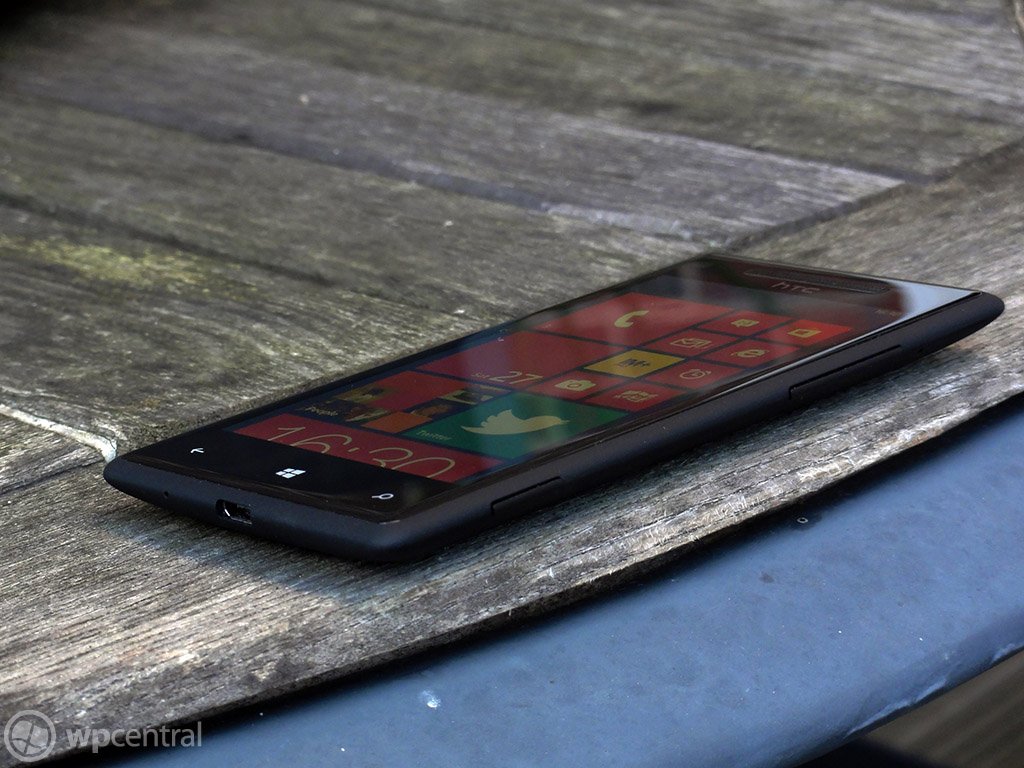
Some have bemoaned the general trend towards plastic construction in the smartphone world. These days, if you want a metal smartphone that’s not an iPhone, your choices are severely limited. Traditionally, metal unibodies have been HTC’s bread and butter -- Windows Mobile veterans will remember the HD2, with its aluminium frame, topped with soft-touch plastic. So it’s something of a surprise to see HTC ditching the metal entirely in its 8X design.
The 8X is fashioned from a single piece of polycarbonate with a classy matte finish. It’s an unusual shape for a phone, with curved, tapered edges giving the illusion of thinness. As it happens, the phone measures 10.2mm at its thickest point -- chunkier than many high-end competitors. But the curved back means you won’t notice this at all -- the edges of the phone are incredibly thin, with the chassis becoming slowly thicker towards the middle.
Get the Windows Central Newsletter
All the latest news, reviews, and guides for Windows and Xbox diehards.
The back is non-removable, meaning you’ve got to sacrifice removable battery capability and removable storage, but the trade-off is incredibly solid build quality and near-perfect ergonomics. The matte, soft-touch coating won’t get gunked up in the same way a glossy back will, and it’s grippy enough that it’s not likely to slip out of your hand. The rear of the phone is sparsely decorated, with a central 8MP camera and LED flash, HTC and Beats branding, regulatory info and a rear speaker.
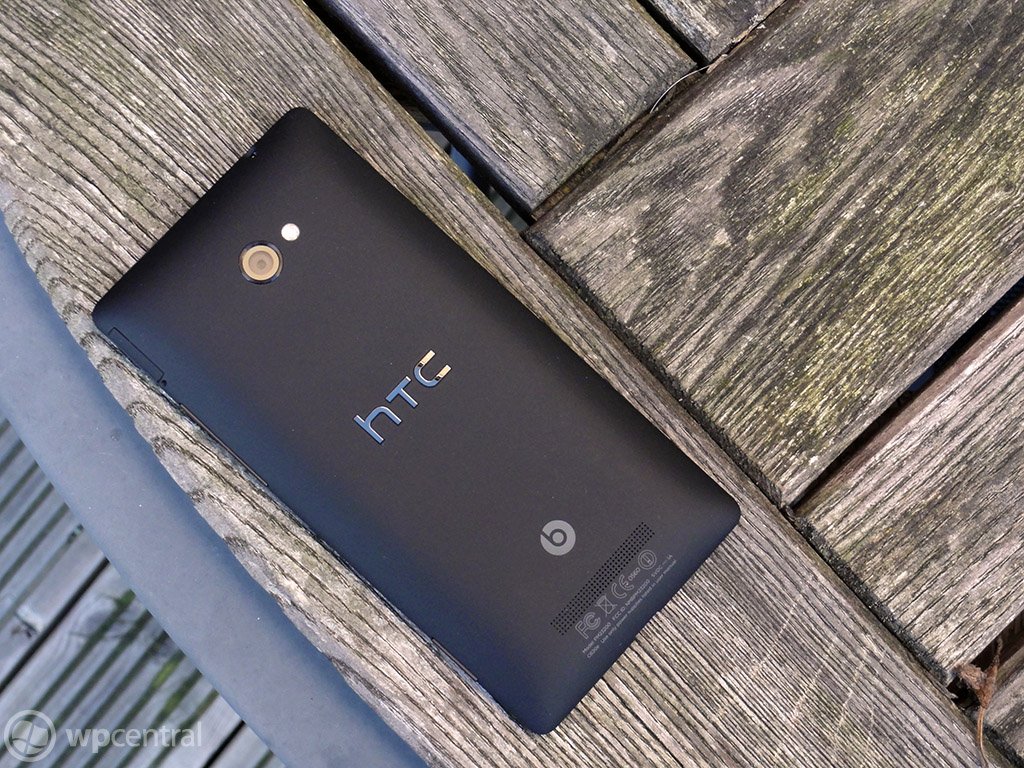
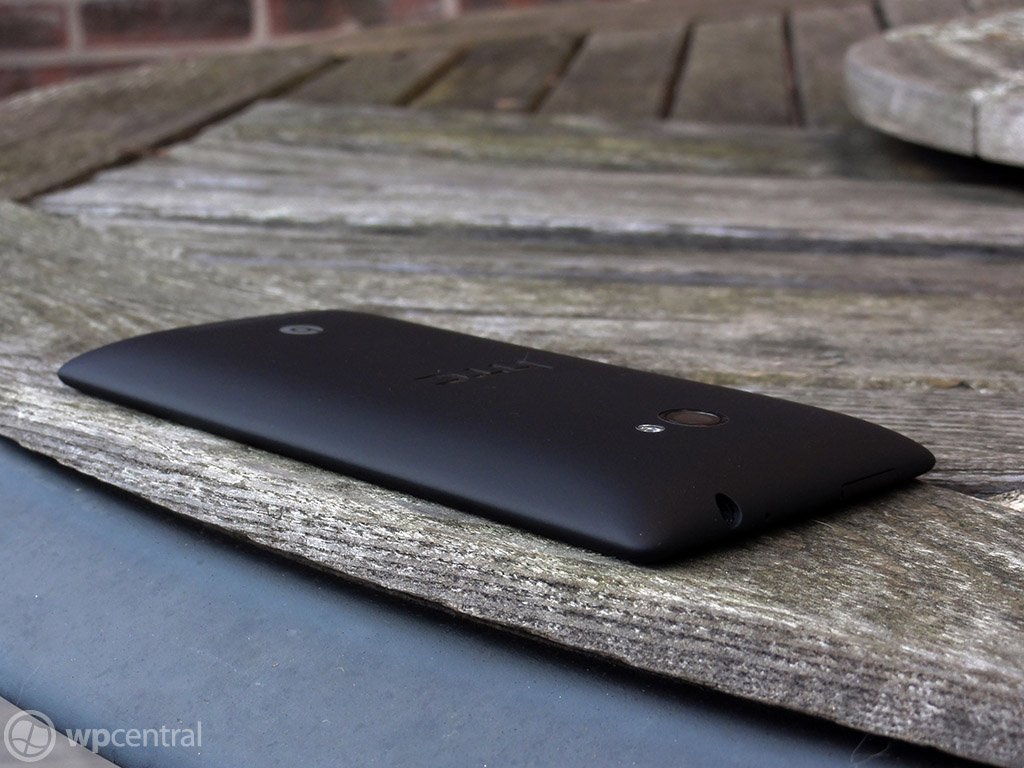
This speaker actually comes with a built-in amplifier, the result of which is vastly improved sound quality with plenty of bass -- a far cry from the tinny sound pumped out of most smartphone speakers. HTC’s also included its Beats software enhancements, though these are only activated when using headphones.
The front of the 8X packs a 4.3-inch 1280x720 laminated SuperLCD 2 display with a pixel density of 342ppi. For comparison, iPhones 4 through 5 clock in at 326ppi. Numbers aside, the phone’s screen is among the best out there, with bright colors, sharp text and excellent daylight visibility. On a text-centric UI like Windows Phone, it’s a considerable, noticeable step up from the WVGA panels packed into WP7 devices.
The screen is subtly raised up from the front face of the phone, and the display is laminated means images sometimes seem to be floating on the surface of the screen. We’ve seen this before on HTC’s Android-based One X phones, and the result is top-notch image clarity.
Above the screen, tucked away in the top left corner is the 2MP front-facing camera, which like the rear shooter packs a BSI (backside illuminated) sensor for improved low light performance. Down below are the standard three Windows Phone capacitive keys -- back, start and search. Other buttons include a two-stage camera button and volume rocker on the right edge, and a power button up top. A minor complaint about the power button placement -- on a phone as tall as the 8X, pressing this on your first attempt can be hit and miss. Other manufacturers have moved power keys onto the right edge, where they’re easier to hit, and this is something we’d like to see on more phones.
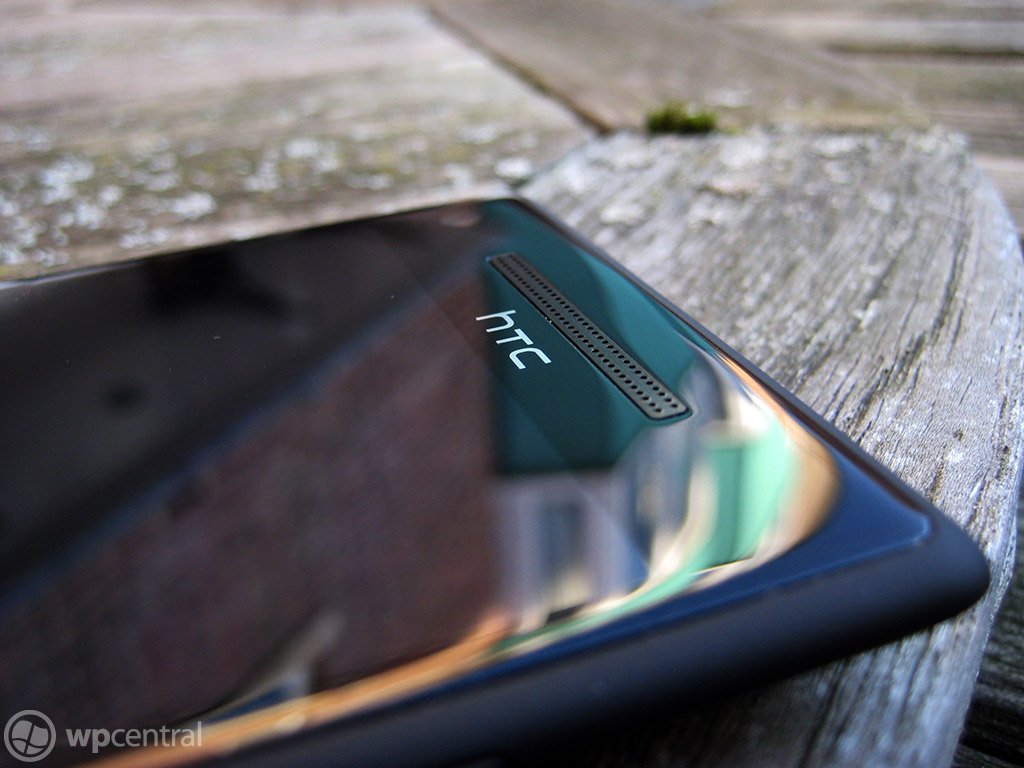
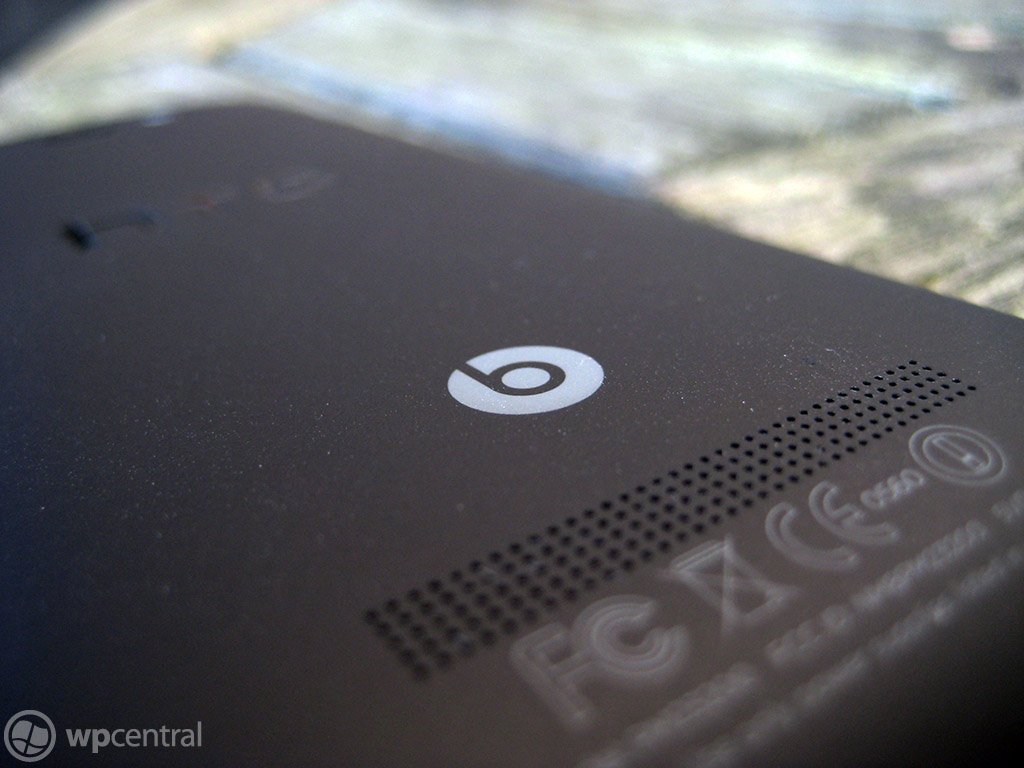
Port-wise, the HTC 8X keeps it simple, with a headphone jack up top, and a microUSB port down below. The microSIM tray is accessible along the right edge, and is unlockable using an bundled unlock tool, or a narrow paperclip.
It’s not metal, and it’s not built like a tank, like the HTC Titan before it. But in designing the 8X, HTC has embraced an all-in-one, soft touch polycarbonate design, crafting a device that looks simple, clean and beautiful. We’ll be interested to see how well that matte exterior holds up to the usual wear and tear associated with regular use, but after a few days of using the 8X as our primary device, it’s yet not picked up and knocks or scratches.
On the inside, the Windows Phone 8 flagship rocks a 1.5GHz dual-core Snapdragon S4 CPU, backed up by 1GB of RAM. That’s a solid foundation, and one we’ve seen powering innumerable smartphones over the past year. Qualcomm’s S4 chips have a great reputation for delivering stellar battery life and impressive performance, and that’s exactly what we’ve seen on the 8X. And that extra RAM should help the 8X handle more memory-intensive apps such as games.
The 8X includes a 1800mAh battery, which is about average for phones of this size. With moderate usage, we were finishing each day with plenty of juice to spare. Even with heavy use we managed to eek out over 10 hours on a single charge. That’s with over two hours of music playback, downloading and browsing over HSPA+ and taking 50 or so 8MP photos using the rear camera -- oh, and a restart in the middle to install a software update. That’s nothing to be sniffed at.
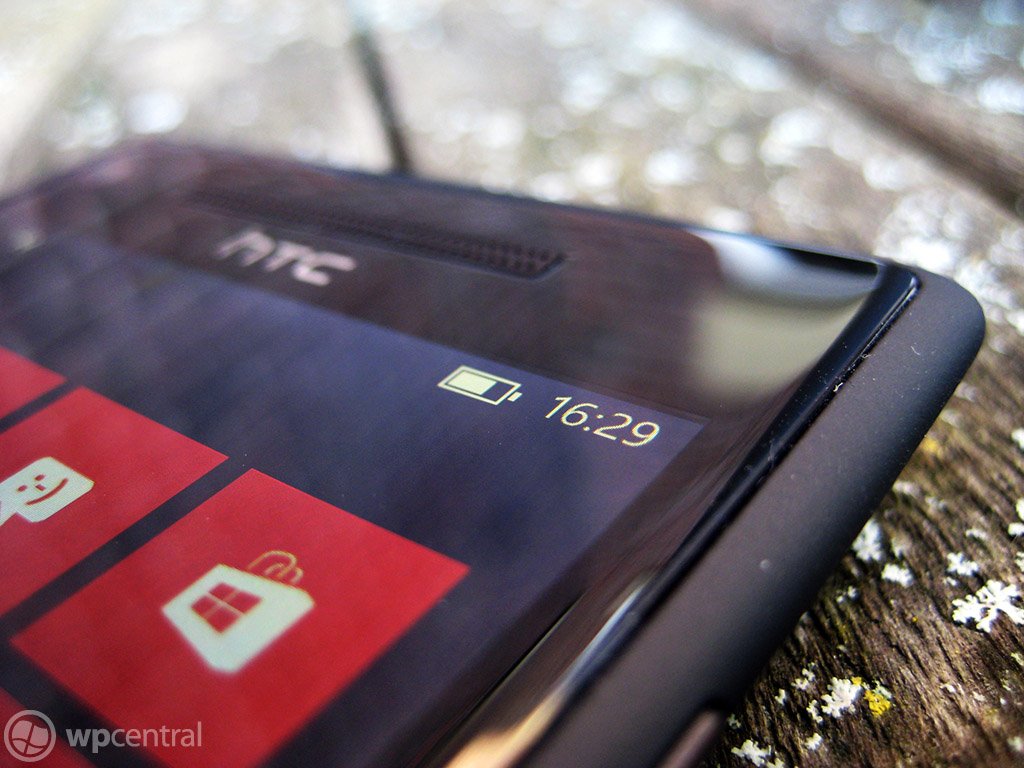
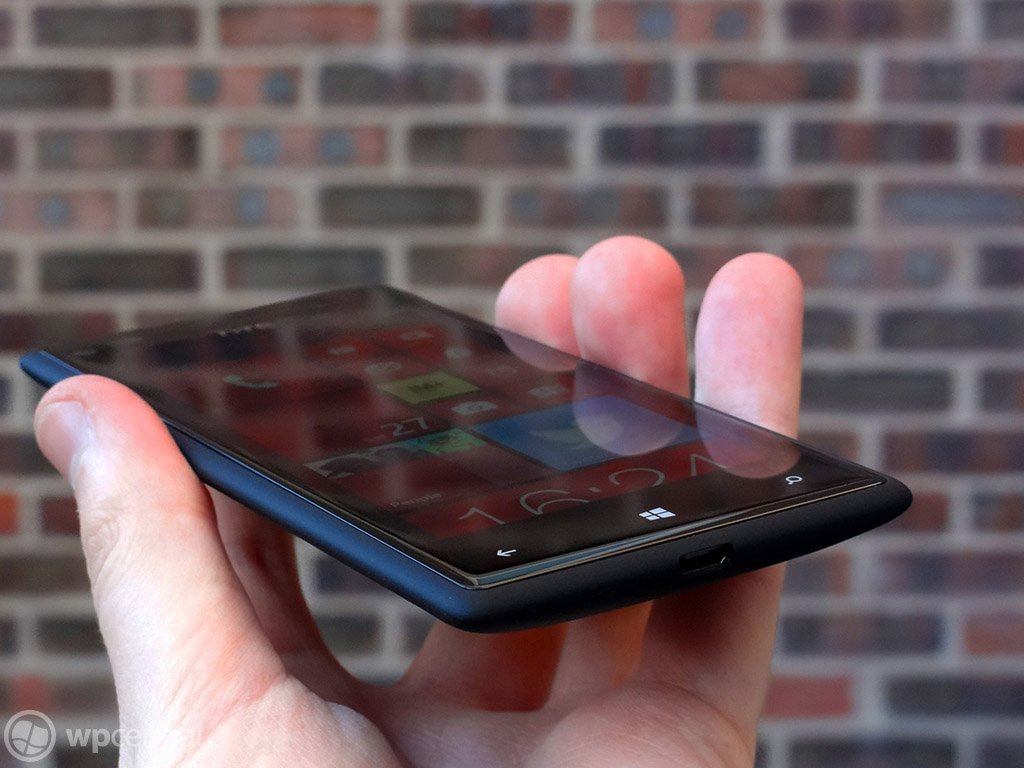
And an interesting point on the internal construction of the 8X -- HTC’s rearranged the innards of the phone compared to earlier designs, placing the PCB (circuit board) behind the battery and screen, as opposed to sandwiched between the two. This, the company says, allows it to pack larger batteries into a smaller space.
Connectivity-wise, the Windows Phone 8X we reviewed was the international HSPA+ version, which supports download speeds up to 42Mbps and upload up to 5Mbps. Many high-end phones like the Samsung Galaxy S3 still top out at 21Mbps, so it’s nice to see HTC offering faster dual-cell HSPA speeds on its leading Windows Phone. In the U.S., the 8X will arrive with 4G LTE support, but we’ll have to wait until we get those devices in our hands before we see what impact 4G data will have on the 8X’s battery life.
By any standard, HTC’s Windows Phone 8X is a stunning piece of technology. There’s no shortage of plastic smartphones out there, but this is plastic done right. HTC’s combined leading smartphone internals with a minimalist design and triple-A build quality, and it should come as no surprise that the result is a worthy signature handset for Windows Phone 8.
But hardware’s only one side of the story. Check out Daniel Rubino’s definitive Windows Phone 8 OS review for the lowdown on the software.
Further reading
- Windows Phone 8 OS review
- HTC 8X camera impressions
- HTC 8X hands-on gallery

